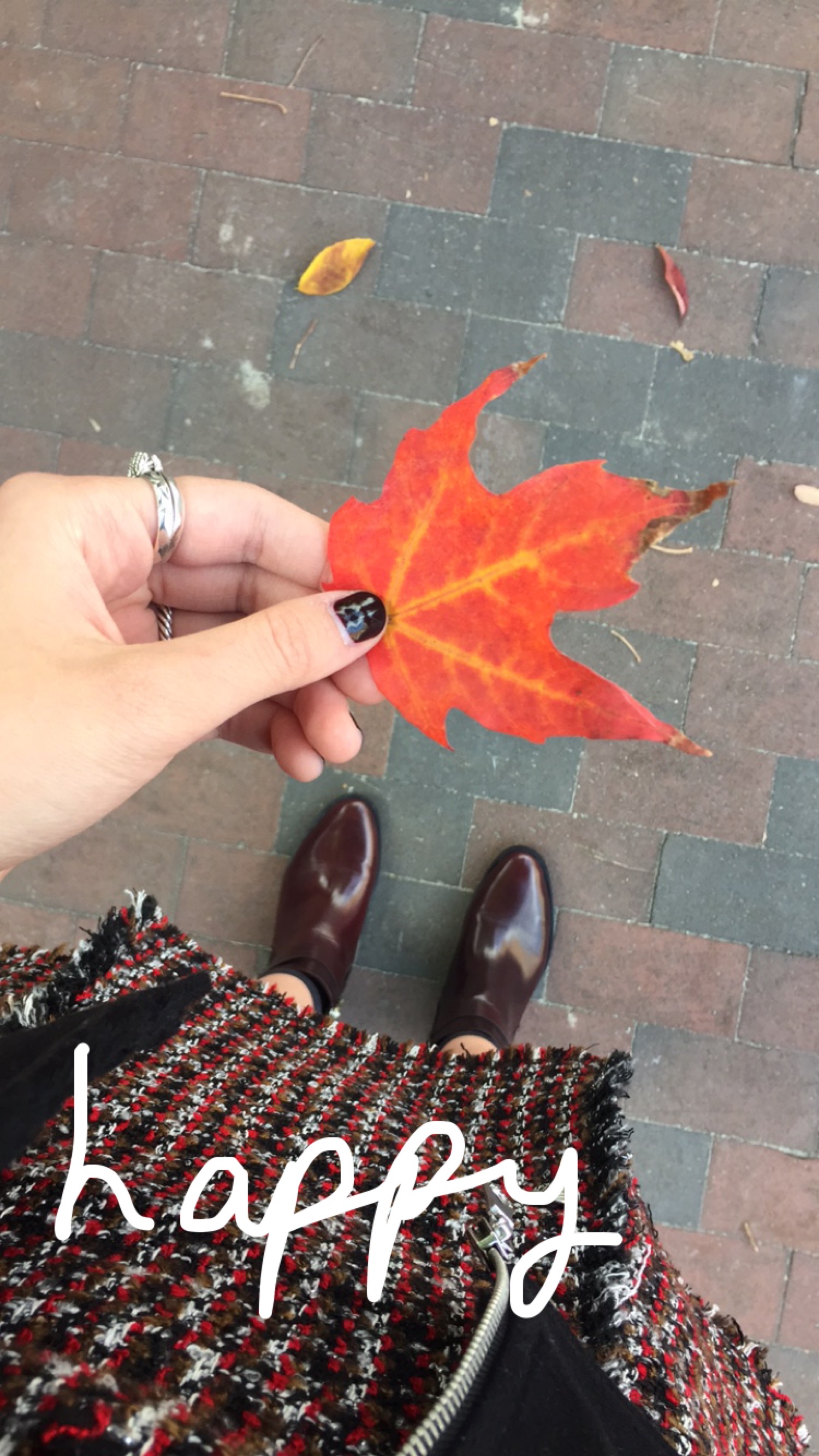New York, New Color Factory
A trip to the latest Color Factory show in NYC calls for digging up my sister’s old Middle School era dress because it is a twirl-able rainbow incarnate. Dressed in the visible color spectrum and fully funded by my gracious department of History of Art & Architecture, I was ready to take in what this new iteration of The Color Factory had to offer - camera and notes in hand.
As I begin to fine tune the scope of my thesis, a project which I have spent years amassing color-related content for, I realize that part of what I want to tap into is the reason behind art’s newfound color craze. Specifically, how intrinsic qualities of color lend themselves to depicting ephemeral experiences in ways that other mediums cannot.
What I found in NYC was just that.
This version of The Color Factory focused on attendee’s relationships to each other and to themselves, using color as the catalyst. After entering through a rainbow tunnel reminiscent of the ribbon wall at Color Factory’s SF show, we were greeted with the most visually pleasing welcome video ever to grace my eyes. Once registering and picking up a sparkling macaron for the road ahead, we all entered through a tunnel boasting walls of buttons that directed us to select the color that most resonated with us. Naturally I chose a dusty rose button and joked that this tunnel visualized what I think my brain looks like.
On the other side, we were split up into two groups and funneled into a parlor room where we were seated across from someone and guided through a series of activities through coordinated audio. The premise of this room was to compliment. Sitting in complementary colors, my partner Alana and I were instructed to select colors that represented each other. We also had to do a contour drawing without breaking eye contact with one another, and then were treated with complementary, complementary candies tastefully chosen to pair well with each other.
Next up was a sound experience room where we each played notes from complimentary keys. Post the twinkling of our eardrums, we entered a room bathed in sunset and filled with balloons with wishes written on them. Trying to snag a photo in this room was like battling with a windstorm, and we ended up getting a handful of Magritte-esque Son of Man portraits. Exiting the sunset room led us to a roadmap of personality questions that ultimately deposited us at the door of our individual, secret color. Each room was grouped by hue, and afterwards we were directed to take a paint-chip style memento of our secret color, complete with a cue for the next room: a disco fever themed dance floor - where we could strike a pose based on the suggestion written on our secret color card.
For an educational interlude, there was a hallway with alphabetically organized vertical drawers that featured pigments and their color histories. Unsurprisingly, this room was created by Kassia St. Clair, author of The Secret Lives of Color - one of the many titles decorating my bookshelf and on the list of potential thesis sources in my never ending bibliography spreadsheet. In a similar vein, the next room presented us with pie charts of NYC stats, displayed in spin-able and boomerang-able benches.
Last up, similar to the SF show, was a wall to wall ball pit filled with the most soothing shade of blue. This was the point where my friends and I paused our analytical note-taking and just felt like kids again. And with that, the magic of The Color Factory was concluded, though the tingling feeling of being surrounded by such a happy collection of hues will provide the joy and motivation to carry me through the monochromatic winter months ahead.


























































































































